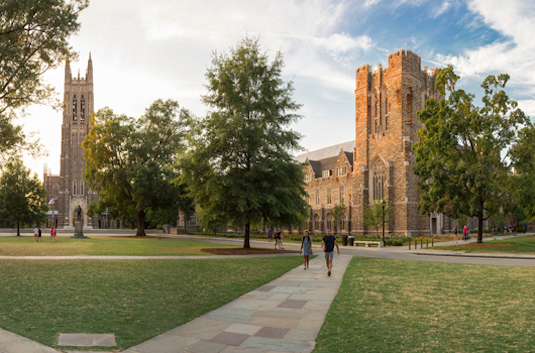Iberian Empire Logistics and the Racialization of Circulation

This talk charts the emergence of a double logic of circulation in colonial Mexico during the period of the Iberian Union (1580-1640), when Spain and Portugal were politically unified under a single crown. The first logic, which I call logistics, focuses on the construction of durable infrastructures like roads that served to extend, accelerate, and secure commodity flows across vast distances and varied terrains. These sites of investment, produced with forced indigenous and enslaved African labor, were aimed at making a newly globalized circulation governable. The second logic, which I call fugitivity, identifies forms of mobility characterized by ungovernability. During this period, this form of circulation became racialized in the figure of the cimarrón (maroon). These two circulatory logics collide on the camino real (royal highway) linking Mexico City to the port of Veracruz. Along this crucial chokepoint, maroon-led raids on convoys transporting silver and other commodities seemed to threaten not only the fortunes of individual merchants but also the operations of global commerce as such.
Daniel Nemser is Associate Professor of Spanish at University of Michigan.






